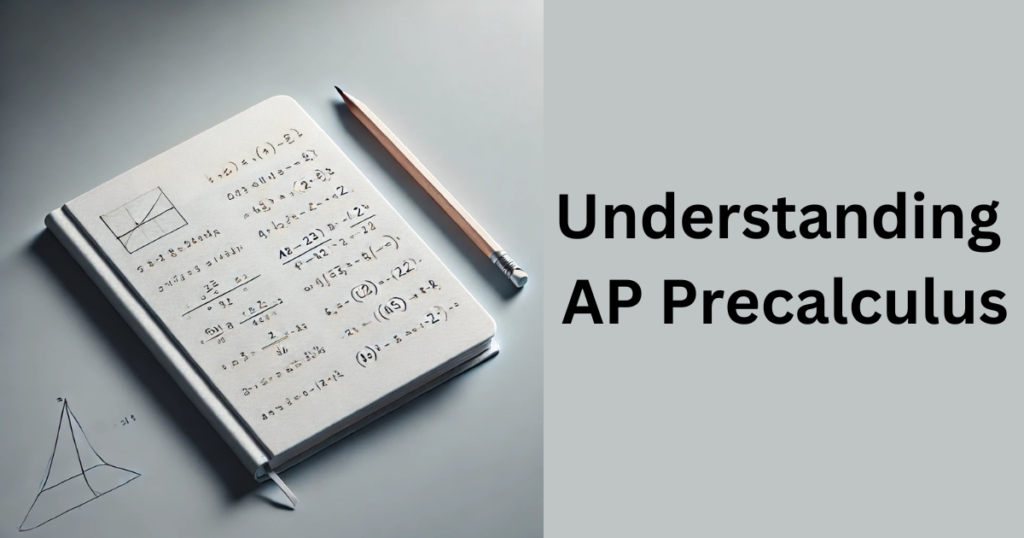What is the AP Precalculus Exam?
The AP Precalculus Exam helps students hone the abilities needed for university-level work, including critical thinking and problem-solving, by serving as a link between calculus and algebra. In addition, mastery of precalculus principles generates confidence in students with a strong mathematical background.
College admissions criteria can greatly affect a student’s desire to achieve high scores; scoring high on an Advanced Placement course exam will benefit many colleges seeking to build a diverse student body and, therefore, enable students to qualify for advanced courses straight away. The AP Precalculus Exam’s significance expands beyond accounting toward a student’s career.
Good grades in the exam enable a student to study for Engineering, Physics, Computer Science, Economics, Medicine, and many more. Along with securing their resumes, students can gain scholarships and account for fitting into programs by excelling in these examinations.
Who is Eligible for the AP Precalculus Exam?
Usually, high school students who have finished a basic mathematics course, including Algebra I, Geometry, and Algebra II, are eligible. These classes guarantee that pupils can boldly handle precalculus’ difficult tools. Although normally given in the junior or senior year, younger, more advanced, or gifted students may also take the test if they have already mastered the material in question.
Bear in mind that schools have different policies about letting students into AP courses, so students who want to take the test should consult with their guidance counselors or math teachers to ensure eligibility according to the criteria of the school. Moreover, the AP Precalculus test is great for pupils looking to enhance their college application or even get credits during the course of their high school career.
Crucially, developing a planned study schedule is Required. Start by evaluating your knowledge of precalculus ideas. By assigning particular times each week for focused study sessions, you guarantee a well-rounded approach covering all subjects—from functions and trigonometry to complex numbers and sequences. You can prepare a proper schedule to complete the syllabus within time.
Exam Structure and Sections
- Multiple-Choice Section: The precalculus multiple-choice section has around 45 questions that test various areas of precalculus. This section evaluates the learner’s knowledge of different concepts and problem-solving abilities. It has two subsections: one with approximately 30 questions that allow the use of graphing calculators, and the second contains 15 questions where the use of graphing calculators is not permitted.
- Free-Response Section: This segment enables the application of multiple methods as well as calculators to provide clarity in problem-solving. The students are expected to explain the processes they used in solving the problems. The answers must be elaborate and detailed; therefore, usually, no less than 6 questions are included in this segment. You must take an approach that is comprehensive within the boundaries of logic and mathematics.
- Timing and Scoring: AP Precalculus tests are generally completed in 3 hours, and like other tests, there is a specific limit for each individual question. The key is to use your time efficiently so that no questions are left unanswered. This particular exam is marked on a system that has points for correct answers given, while omitted questions are marked neutral. This system is a constructive way to motivate students to answer all of the questions because there is no scoring benefit from avoiding questions. You can also choose to leave certain items unanswered without being punished.
Rely on getting the best AP Precalculus guidance in India by Eduquest through their preparation program designed for candidates to achieve flawless scores. Get a thorough online course preview by signing up right away on the website.













